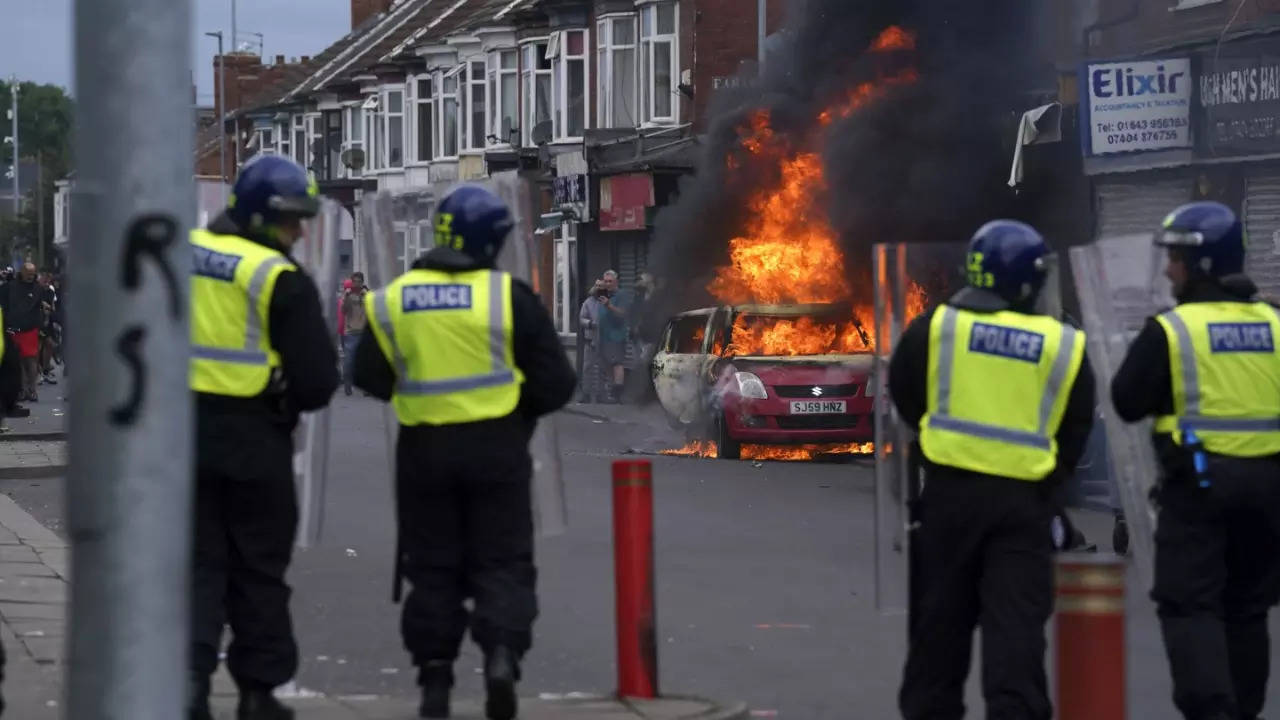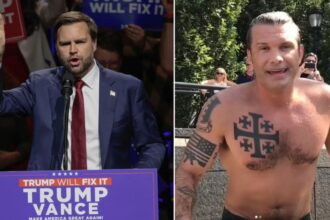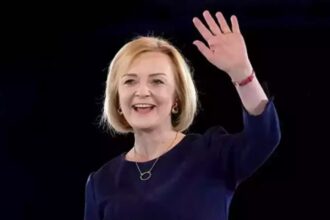In response to the far-right protests, thousands of anti-racism protesters have also taken to the streets, demanding an end to far-right violence.
Here is how the protests spread across UK:
The Southport attack
The protests were triggered by a tragic incident on July 29 in Southport, a seaside town in northern England. During a Taylor Swift-themed dance event for children, a 17-year-old boy named Axel Rudakubana launched a knife attack, killing three girls aged six to nine and injuring several others.
Rudakubana, who was born in Wales to Rwandan parents, has been charged with murder and attempted murder. Despite being British by birth, false rumours quickly spread on social media, with people identifying him as an Islamist migrant. This misinformation sparked anti-Muslim protests in Southport, including an attempted attack on the local mosque.
Nationwide unrest and violence
Following the initial protests in Southport, the violence quickly spread to other parts of the UK. Riots began in more than 20 locations, including major cities like London, Manchester, Birmingham, and Belfast. In central London, thousands of people gathered near the office of Prime Minister Keir Starmer, resulting in more than 100 arrests after clashes with police.
Similar scenes unfolded nationwide, with far-right groups targeting hotels, housing, and asylum seekers, setting police vehicles on fire, and vandalising mosques.
In Rotherham, a hotel accommodating migrants was attacked, protestors smashed the windows and a large garbage container was set on fire outside the hotel. Across the UK, nearly 430 people have been arrested, with over 120 charged in connection with the riots.
Role of far-right groups and social media
Authorities have blamed the violence on far-right groups, with PM Starmer condemning the unrest as the result of “far-right thuggery.” Prominent anti-immigration figures, such as Stephen Yaxley-Lennon, known as Tommy Robinson, have been accused of using social media to spread misinformation and incite violence.
Social media platforms, including X (formerly Twitter), have faced criticism for spreading false information and failing to stop the spread of hate speech.
The UK government has criticised tech companies for their role in fueling the violence. UK science minister Peter Kyle met representatives from TikTok, Meta, Google, and X to acknowledge their responsibility in preventing the spread of misinformation.
Counter-protests and community response
In response to the far-right violence, thousands of anti-racism and anti-fascist protesters have taken to the streets across the UK. On Wednesday, cities like London, Birmingham, Bristol, Liverpool, and Newcastle witnessed large gatherings of counter-protesters. In Walthamstow, northeast London, demonstrators chanted “Whose streets? Our streets!” and held banners reading “Stop the far right.”
Sara Tresilian, a resident of Walthamstow, expressed the rejection of the far-right, saying, “I live in the borough, and we don’t want these people on our streets… they don’t represent us.” In Sheffield, protesters voiced support for refugees, chanting, “Say it loud, say it clear, refugees are welcome here,” while being observed by riot police.
UK government’s response
In an effort to restore order, PM Starmer has vowed that the people involved in the riots will face “the full force of the law.” Nearly 600 additional prison places have been made available, and specialised officers have been deployed to manage the approximately 100 demonstrations by far-right activists and counter-protesters.
Courts have begun handing down sentences to those involved in the unrest. A man received a three-year jail term for violent disorder and assaulting a police officer in Southport. Prosecutor Jonathan Egan stated that these sentences are just “the tip of the iceberg” as authorities continue to hold rioters accountable.
Source : Times of India






